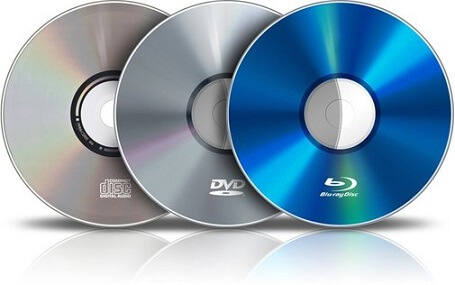Optical Discs
Use laser technology to read and write data on silver platters.
Compact Disk (CD) can store 650MB to 800MB of information and data. CD-ROM (Read Only Memory) can only read data from a CD-ROM.
You can store data on a CD only if you have a CD Burner and CD-R (writable) or CD-RW (rewritable) CD.
Digital Versatile Disk (DVD) is the size of a regular CD and can be played in a regular DVD movie player.
DVD can store 4.8GB to 8.0GB of information and data. DVD-ROM is readable only (a movie DVD).
You can store data on a DVD only if you have a DVD Burner and DVD+R/DVD-R (Writable) or DVD-RW (rewritable) DVD.
Pen Drive USB (Universal Serial Bus)
Pen Drive is a compact secondary storage device. It is also known as a USB flash drive, thumb drive or a jump drive. It connects to a computer via a USB port. It is commonly used to store and transferrer data between computers.
SD Card
SD Card stands for Secure Digital Card. It is most often used in portable and mobile devices such as smartphones and digital cameras. You can remove it from your device and see the things stored in it using a computer with a card reader.
Floppy Disk
A Floppy Disk is a small magnetic disk that was used in the past for storing Computer data and programs. Floppy Disks were used especially with personal computers.
A Floppy Disk is a storage medium that consists of a thin and flexible magnetic disk inside a plastic carrier. Widely used since the 1970s until the early 2000s, they have gradually been replaced by other storage devices with greater capacity.
- Register is a small high speed memory inside in CPU.
- It is used to store data and instructions temporarily.
- Data is stored in registers from main memory for execution.
- CPU contain a number of registers. Each register has a pre-define function.
- Register size determines how much information it can store.
- Register Memory is the smallest and fastest memory in a computer. It is not a part of the main memory and is located in the CPU in the form of registers, which are the smallest data holding elements. A register temporarily holds frequently used data, instructions and memory address that are to be used by CPU. The holding instructions that are currently processed by the CPU.

Comments
Post a Comment